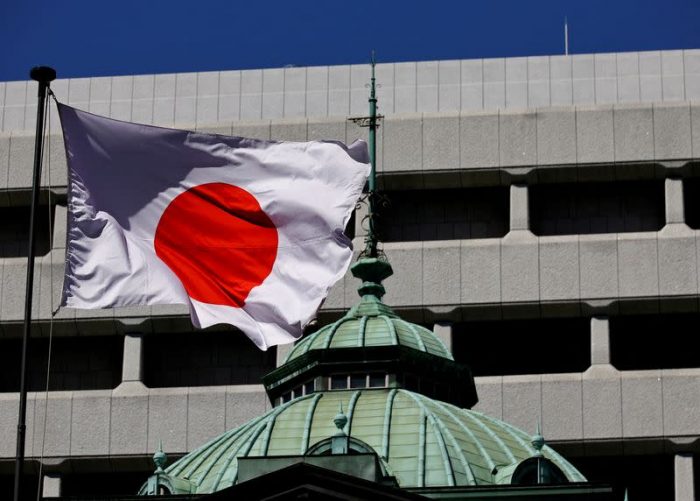The Bank of Japan raised interest rates on Wednesday – for only the second time in nearly 20 years – in a decision that surprised most market expectations.
It also unveiled a detailed quantitative tightening plan, taking another big step towards phasing out a decade of massive stimulus.
Most market analysts had bet that the BOJ would stand pat on rates, but the central bank vote was decisive. The rate decision takes its short-term policy rate to levels unseen since 2008.
ALSO SEE: New US Chip Equipment Export Rule to Hit Taiwan, ASEAN States
At the two-day meeting ending on Wednesday, the BOJ’s board decided to raise the overnight call rate target to 0.25% from 0-0.1% in a 7-2 vote.
Yen rallies, bond buying to be halved by early 2026
It also decided on a quantitative tightening (QT) plan that would roughly halve monthly bond buying to 3 trillion yen ($19.6 billion), from the current 6 trillion yen, as of January-March 2026.
“Despite sluggish consumer spending, monetary officials sent a decisive signal by raising interest rates and allowing for a more gradual balance sheet reduction,” Fred Neumann, chief Asia economist at HSBC, said.
“Rising inflation expectations also open the path for ongoing monetary policy normalisation by the BOJ. Barring major disruptions, the BOJ is on course to tighten further, with another interest hike by the start of next year,” he said.
The yen rallied as much as 0.8% to an over three-month high of 151.58 per dollar immediately after the outcome, though reversed those gains. Yields on the 10-year Japanese government bonds fell slightly on the news.
In a statement, the BOJ said its rate increase was based on its view that wage hikes were broadening and prodding firms to pass on higher labour costs through increases in services prices.
Import prices were again accelerating despite some recent moderation, the BOJ said, stressing the need to be vigilant to the risk of an overshoot in inflation.
“Given that real interest rates are at significantly low levels, the BOJ will continue to raise rates and adjust the degree of monetary accommodation” if the economy and prices move in line with its latest projections, it said.
In a quarterly outlook report released on Wednesday, the BOJ roughly maintained its projection made in April that inflation would stay around 2% through fiscal 2026.
BOJ Governor Kazuo Ueda was expected to hold a news conference at 3:30pm (0630 GMT) to explain the decision.
The decision comes as the US Federal Reserve looks to cut interest rates, possibly as early as September, reversing an aggressive rate-hike cycle that drove up the dollar and caused a painful yen sell-off for Japan.
More than three-quarters of economists polled by Reuters on July 10-18 had expected the BOJ to keep rates steady this month.
The BOJ ended negative rates and bond yield control in March in a landmark shift away from its radical stimulus programme.
Ueda has said the BOJ would hike rates further if it became convinced rising wages would prop up services prices and keep inflation durably around its 2% target.
He has also said the BOJ would aim to take short-term rates to levels that neither cool nor stimulate growth – seen by analysts as somewhere between 0.5% and 1.5% – in coming years if inflation is seen sustainably hitting 2% as it projects.
- Reuters with additional editing by Jim Pollard
ALSO SEE:
BOJ to Unveil Plan to Halve Bond Buying, Unsure on Rate Hike
Bank of Japan Seen Hinting at Rate Hikes Next Month
Bank of Japan Ends Negative Rates, as Ueda Normalises Policy
BOJ Views on Inflation, Pay Rises Put Spotlight on Rates Shift
Japan’s Salaries Surge Could See BoJ Turn to Tightening
BOJ Not Afraid of Cost of Phasing Out Stimulus, Ueda Says





















